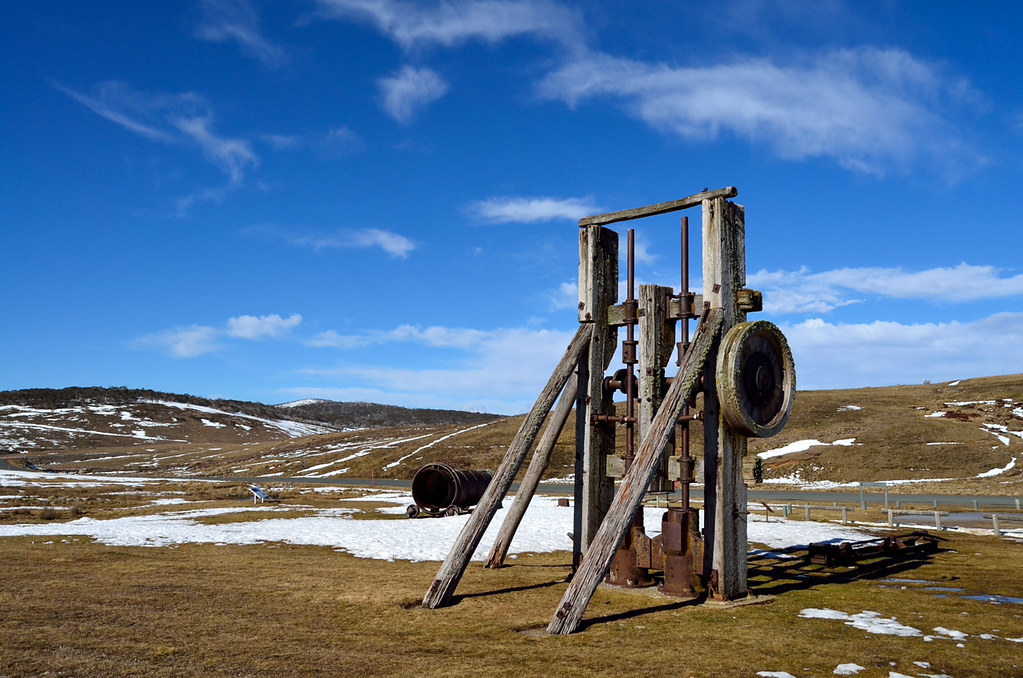When some people buy a new shiny entry level DSLR camera they go out and take 1000+ photos. They load the photos on PC, try to learn a bit of Photoshop and think why don't these look like the ones in the magazines.
They then Google for photography tutorials, read about composition, focus, aperture, shutter, ISO and lots of other things. A year down the line they start taking better photos and they don't take as many photos as before. They take about 100 photos and store a quarter of them as outstanding. After sometime they think of upgrading to full frame. The quality blows them away.
It must be the camera. An entry level DSLR user must upgrade to a full frame only to find they are no better but out of 1000 shots there is the odd good one that if they tweak it in PhotoShop. They put them on social network and think lots of people are looking at them so they must be good.
The moral of the story is to be a good photographer you have to put the work in. Its not (only) the tool but the skill and experience, which are required. Give an experienced photographer a cheap point and shoot, and an inexperienced beginner an expensive DSLR and the experienced photographer will still take better photos.
So what do you need to be a good photographer?
As for me I am yet to do all of above to start taking better pictures.
My Flickr photostream
They then Google for photography tutorials, read about composition, focus, aperture, shutter, ISO and lots of other things. A year down the line they start taking better photos and they don't take as many photos as before. They take about 100 photos and store a quarter of them as outstanding. After sometime they think of upgrading to full frame. The quality blows them away.
Or
It must be the camera. An entry level DSLR user must upgrade to a full frame only to find they are no better but out of 1000 shots there is the odd good one that if they tweak it in PhotoShop. They put them on social network and think lots of people are looking at them so they must be good.
The moral of the story is to be a good photographer you have to put the work in. Its not (only) the tool but the skill and experience, which are required. Give an experienced photographer a cheap point and shoot, and an inexperienced beginner an expensive DSLR and the experienced photographer will still take better photos.
So what do you need to be a good photographer?
- You need passion. You need to be obsessed with getting the shot.
- Read photography tutorials, go for a Photo-walk
- Find a mentor, get critics feedback
- Understand your camera and all its features, upgrade when you outgrow its capabilities
- Take your camera everywhere
- You need to be a story teller.
- You need patience and lots of it.
- You need to show your photos to everyone.
- Develop a style of your own.
As for me I am yet to do all of above to start taking better pictures.
My Flickr photostream
















